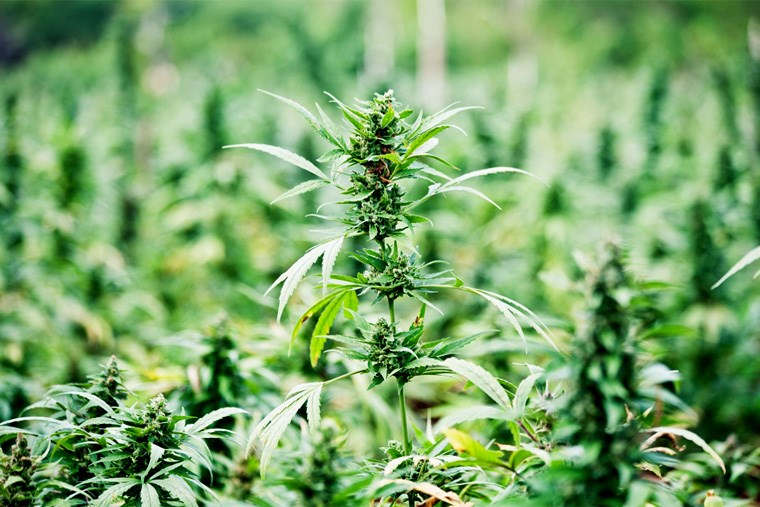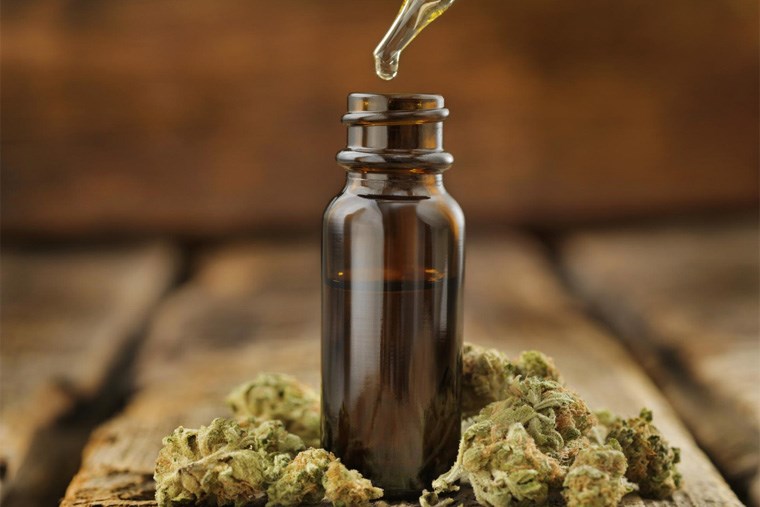Hemp and cannabis are often tied together based on their similar features. When put side by side, they can look identical to the eye. These similarities aren’t a coincidence, as they come from the same flower family. Their genetics have some overlap, but these plants actually have unique characteristics.
We’ll break down the differences between cannabis and hemp by looking at their chemical makeup, how they are viewed legally, their health benefits, and how these two plants are affecting the market.
Chemical Makeup
There are a wide range of chemical compounds – called cannabinoids – in both hemp and cannabis. Potency of the psychoactive compound tetrahydrocannabinol (THC) is the primary way to distinguish hemp from cannabis. THC is the notorious chemical responsible for the euphoric feeling commonly called the “high.”
What separates the two is a THC threshold of 0.3%. A THC level above this percentage makes it cannabis, and anything below it is hemp.
THC draws the line between these two plants, but they share another popular chemical compound, cannabidiol (CBD). What hemp lacks in THC; it makes up for in CBD. Highly potent hemp strains can have up to 20% CBD levels. Cannabis can have varying levels of CBD, and the most balanced strains will have between 6-12% CBD and THC levels. The combinations and levels of these chemicals vary the euphoric feeling. That’s what makes every cannabis strain unique and causes individuals to react to them differently.
Effects of Marijuana Consumption
Most cannabis users frequently report relaxation after the onset effects. Other common experiences include heightened senses, slowed perception of time, and increased appetite.
Its impact can vary depending on the user, how it’s delivered to the body, and the strain. You’ll likely have the most enjoyable experience with cannabis if you choose a strain with a THC potency in proportion to your tolerance. Highly potent cannabis strains can reach upwards of 35% THC levels, with cannabis extracts ranging between 50% to 90%.
Because hemp has less than 0.3% THC, consuming it will not provide a “high” in the same way consuming cannabis does.
Legalities
The intoxicating effects of THC have made cannabis controversial, and its reputation has battled decades of misinformation. The U.S. Drug Enforcement Administration (DEA) designates cannabis as a Schedule 1 controlled substance, categorizing it with other drugs such as heroin and bath salts.
Many states have since legalized cannabis. In 1996, California was the first state to legalize medical cannabis. In 2012, Washington and Colorado became the first states to pass laws legalizing the use of recreational cannabis. Recreational cannabis is now legal in 19 states as well as across Canada.
The 2018 Farm Bill removed hemp from the Controlled Substances Act and allowed farmers to produce it as an agricultural product.
Access to recreational and medicinal cannabis has opened the door for curious customers and allowed for cannabis products to evolve with time.

Market Size
Cannabis and hemp have bloomed into big business. Grand View Research estimates the 2020 global cannabidiol (CBD) market size was valued at $2.8 billion and is expected to reach $3.5 billion by the end of 2021. Grand View Research also estimates that the global legal cannabis market size will reach $70.6 billion by 2028.
Hemp is also used to make various products, such as textiles and clothing, rope, paper, bioplastics, biofuel, and even a concrete-like substance called hempcrete.
Many venture capitalists and investors have swooped into the market, which experts expect to grow even more as more companies produce more CBD-infused products and governments continue to legalize cannabis for recreational and medicinal purposes.
Health Benefits
Through legalization at the state level, research has further explored cannabis’ health benefits. Scientists have found evidence that cannabis is an effective treatment for childhood epilepsy syndromes such as Dravet syndrome and Lennox-Gastaut syndrome. These syndromes typically don’t respond to anti-seizure medications. In numerous studies, CBD was able to reduce the number of seizures, and, in some cases, it was able to stop them altogether.
In addition, researchers have found that cannabinoids have been successful in helping patients with nausea and vomiting and reducing chronic pain.
Interestingly, cannabis is also considered a superfood! You can eat it raw like any other vegetable, or throw it into a salad with some hemp seeds. Hemp seeds contain protein, healthful fatty acids, and fibre, according to the United States Department of Agriculture (USDA). These seeds will not produce any euphoria; however, athletes and others who undergo drug testing should be aware that consuming hemp can lead to failed urine tests.
Hemp and cannabis may often look the same, but they do have many unique characteristics that distinguish them surrounding their chemical makeup, legalities, market share, and more.
 This story was made possible by our Community Partners Program. Thank you Revive Cannabis for helping to expand local news coverage in Alberta. Learn more.
This story was made possible by our Community Partners Program. Thank you Revive Cannabis for helping to expand local news coverage in Alberta. Learn more.



